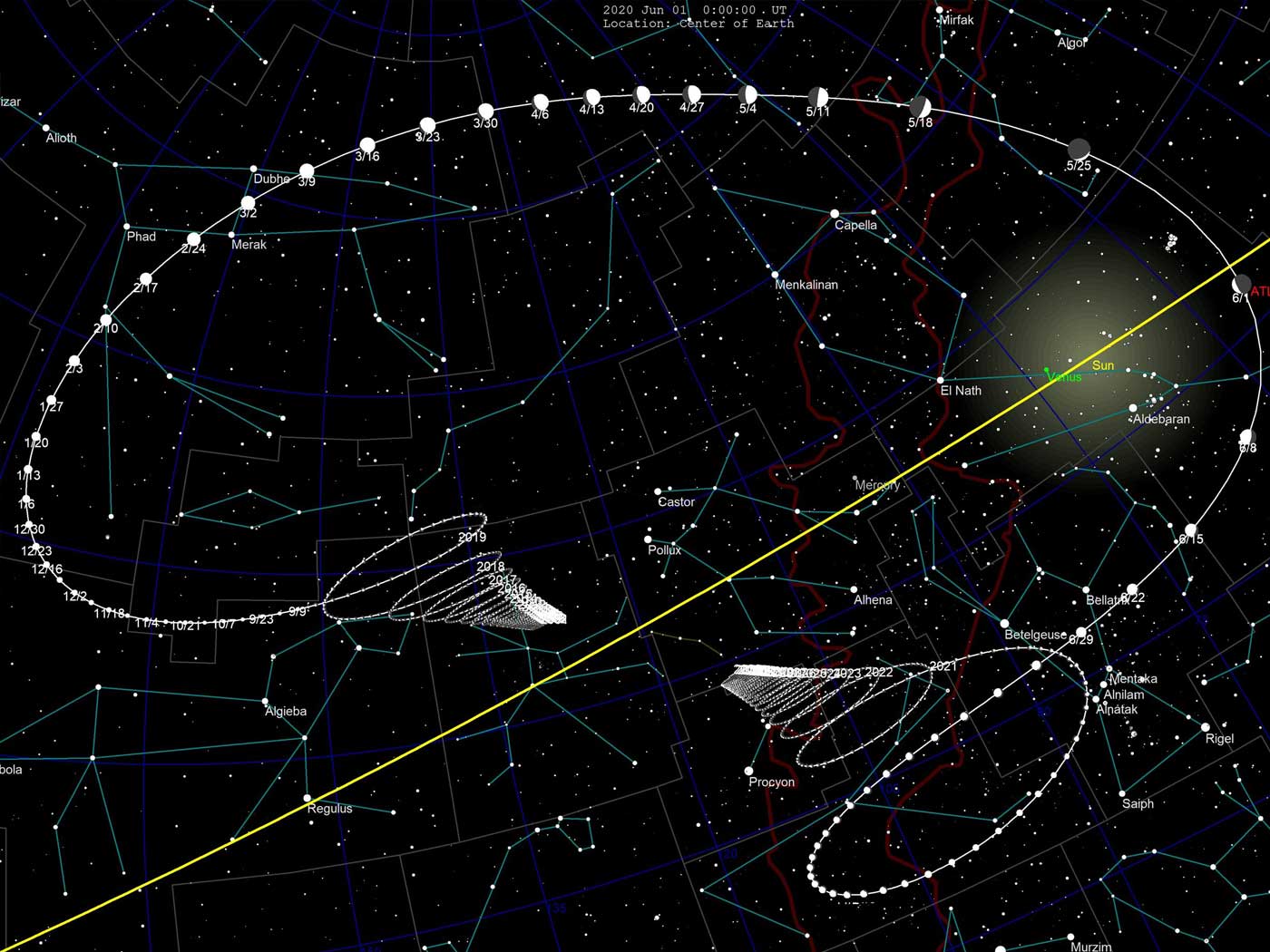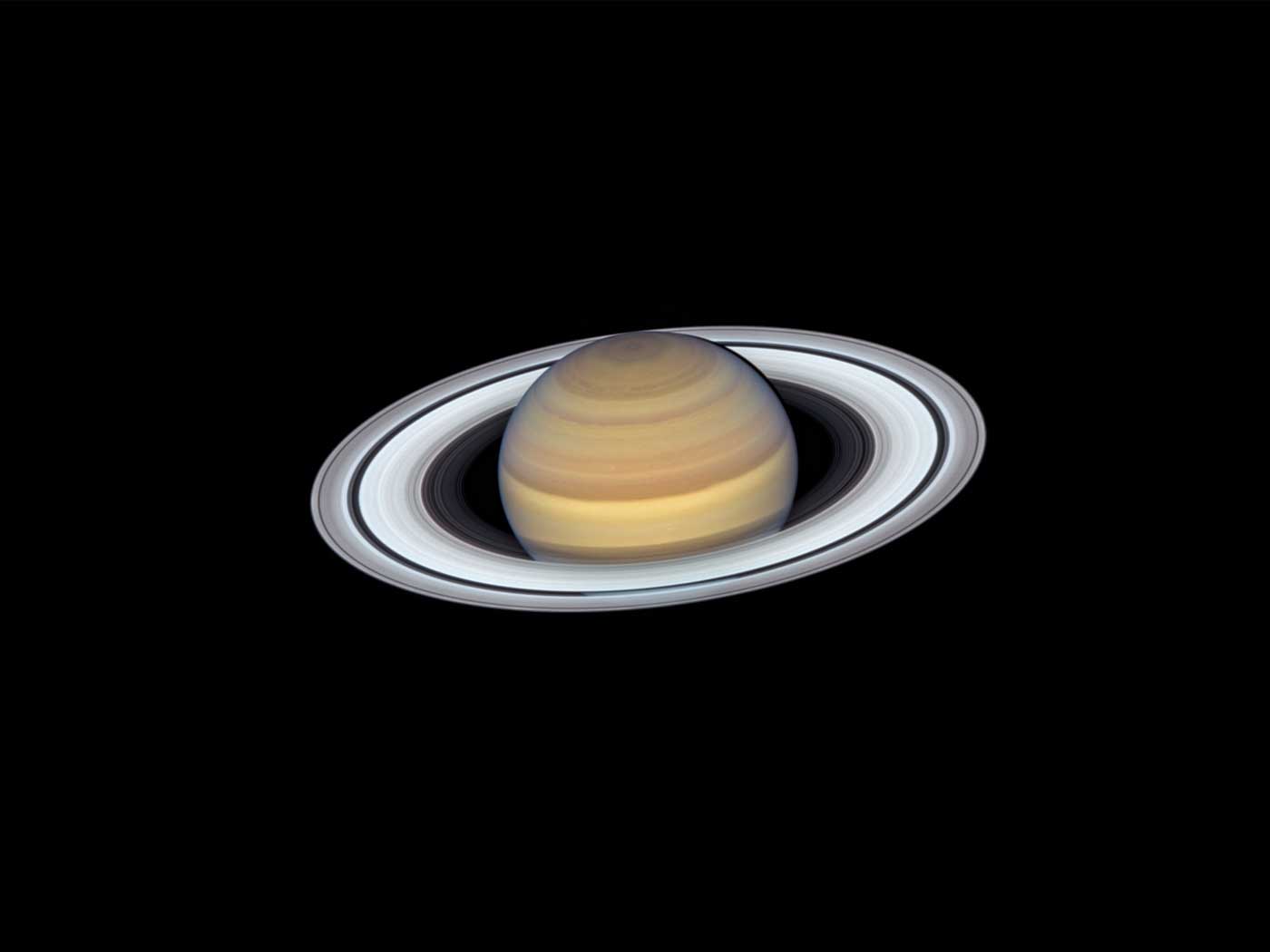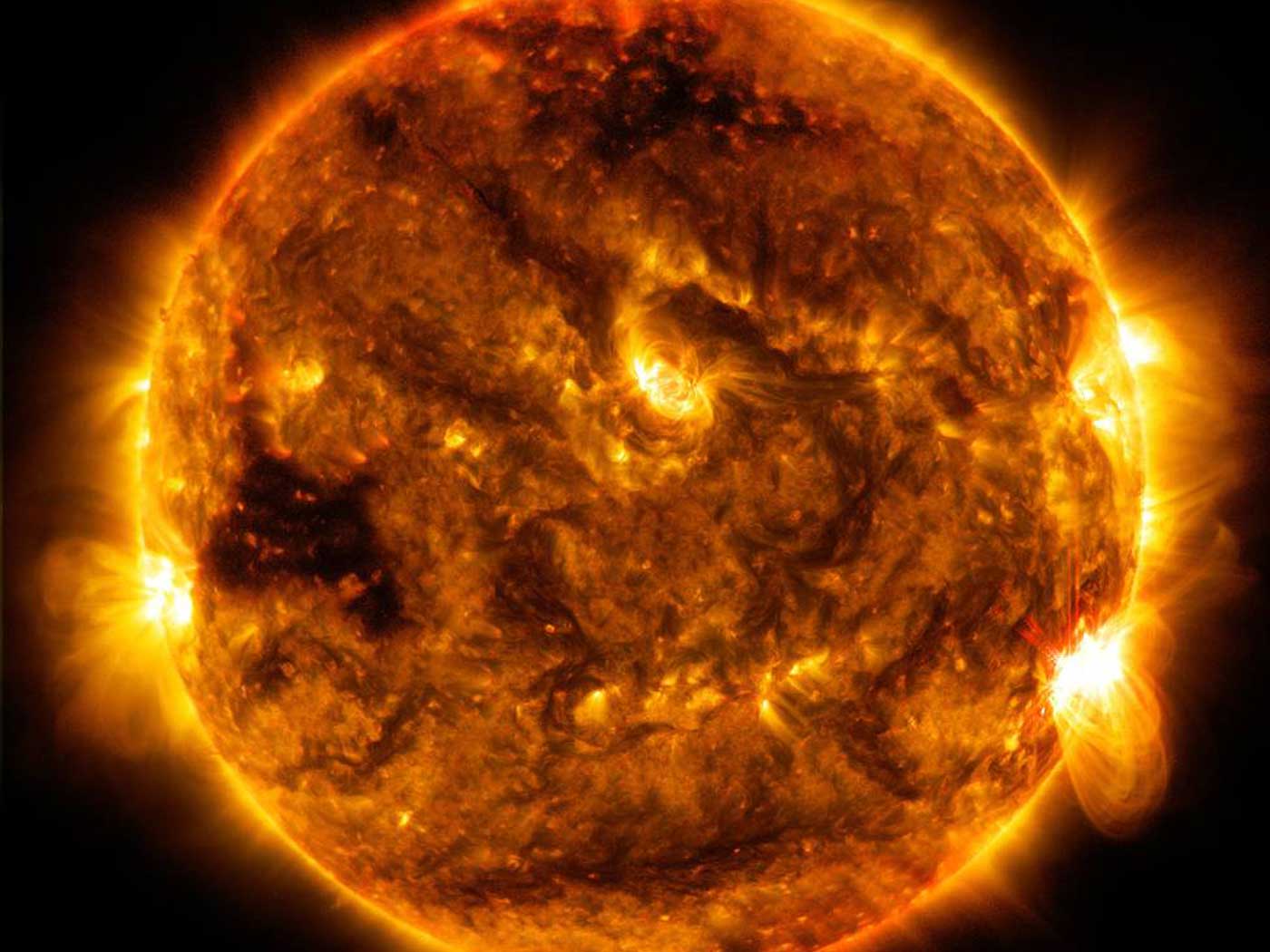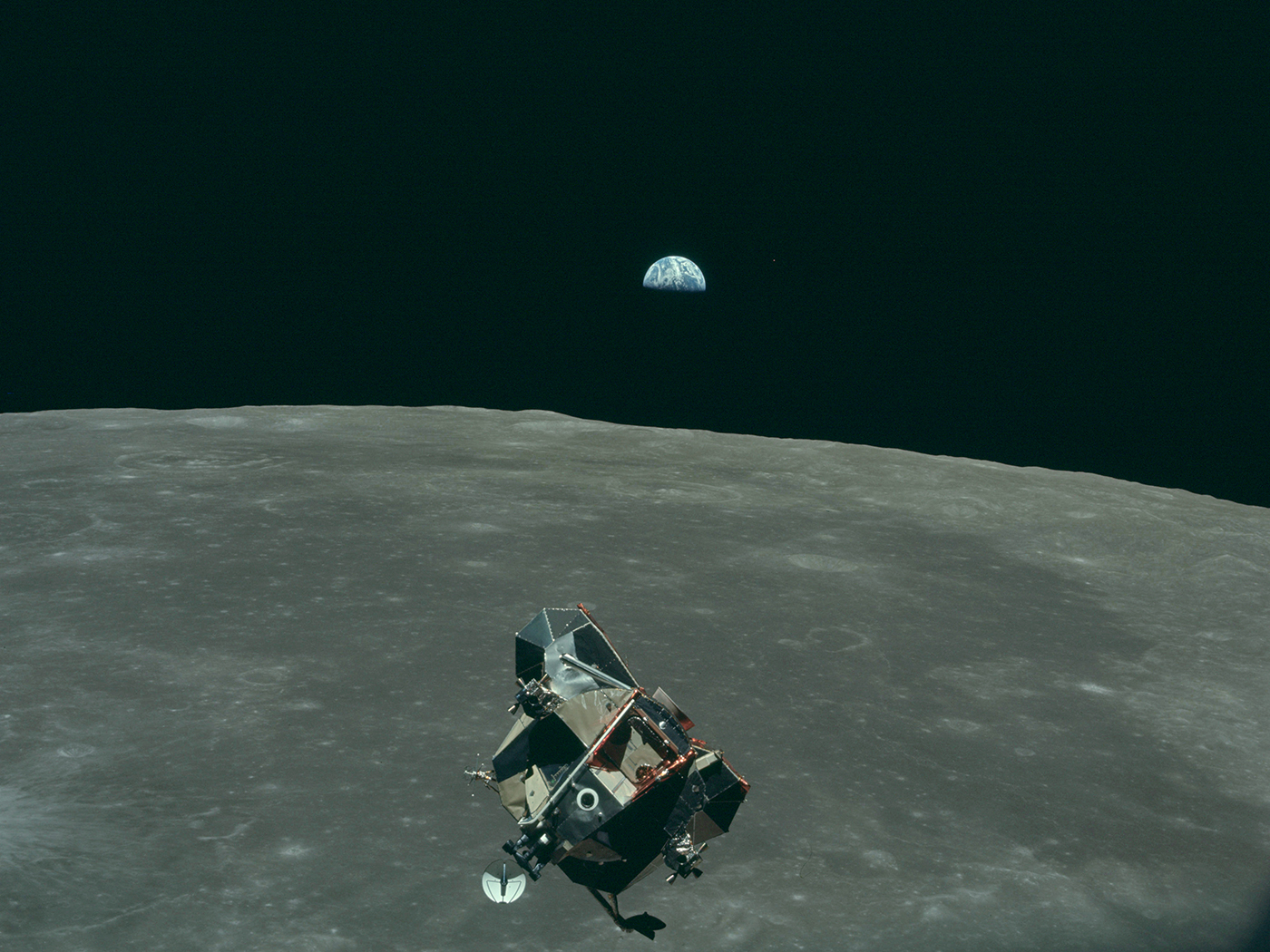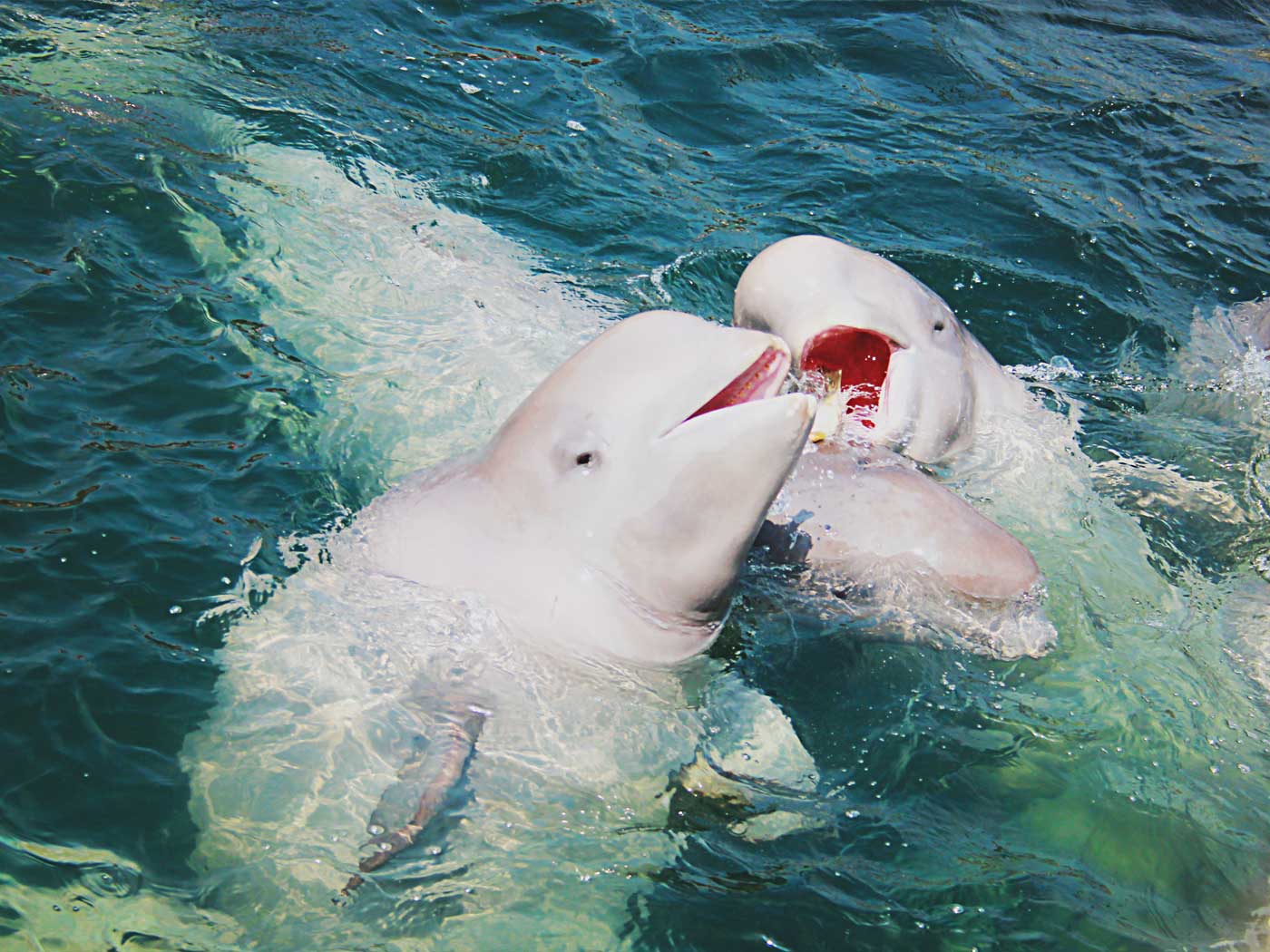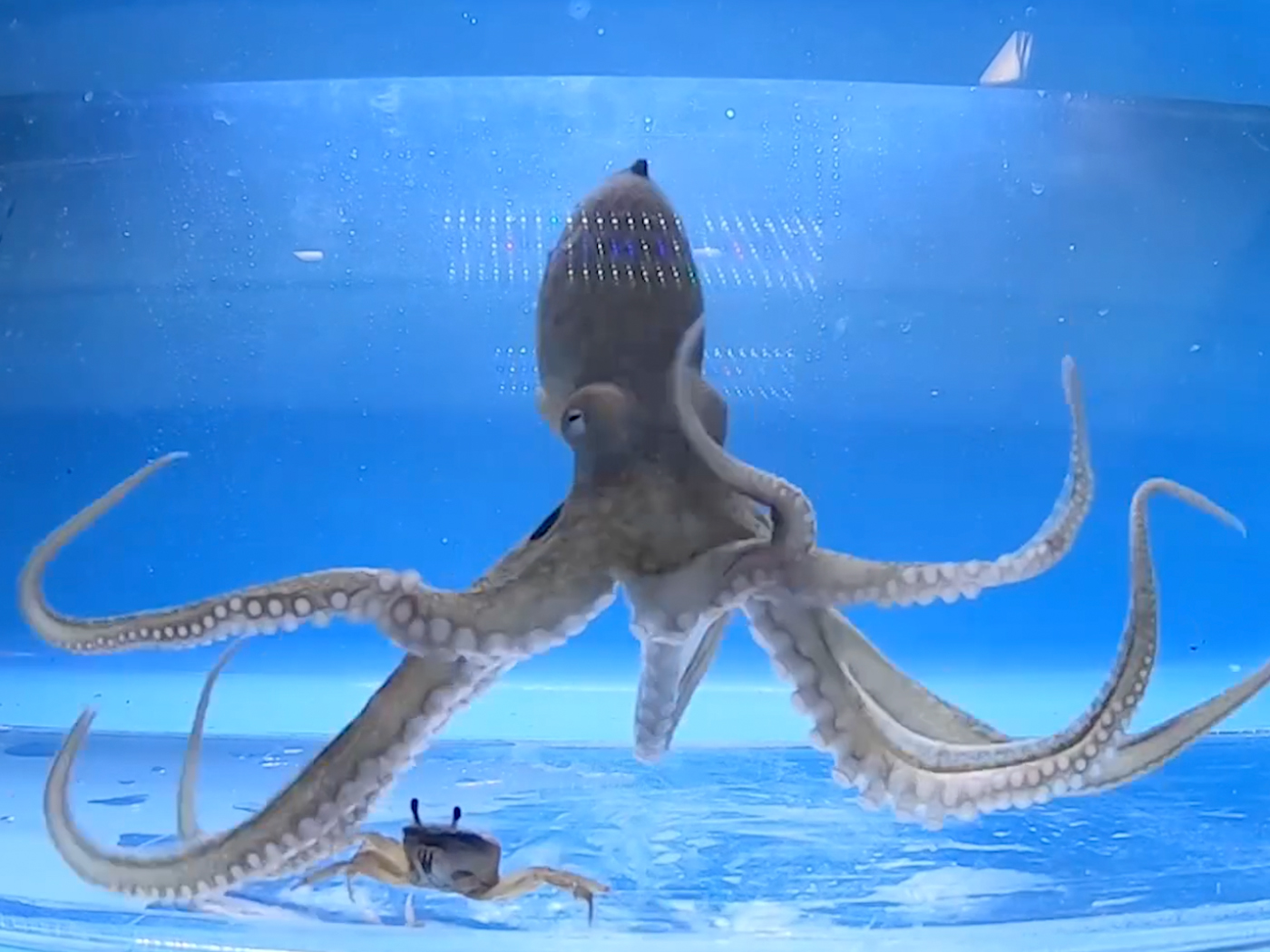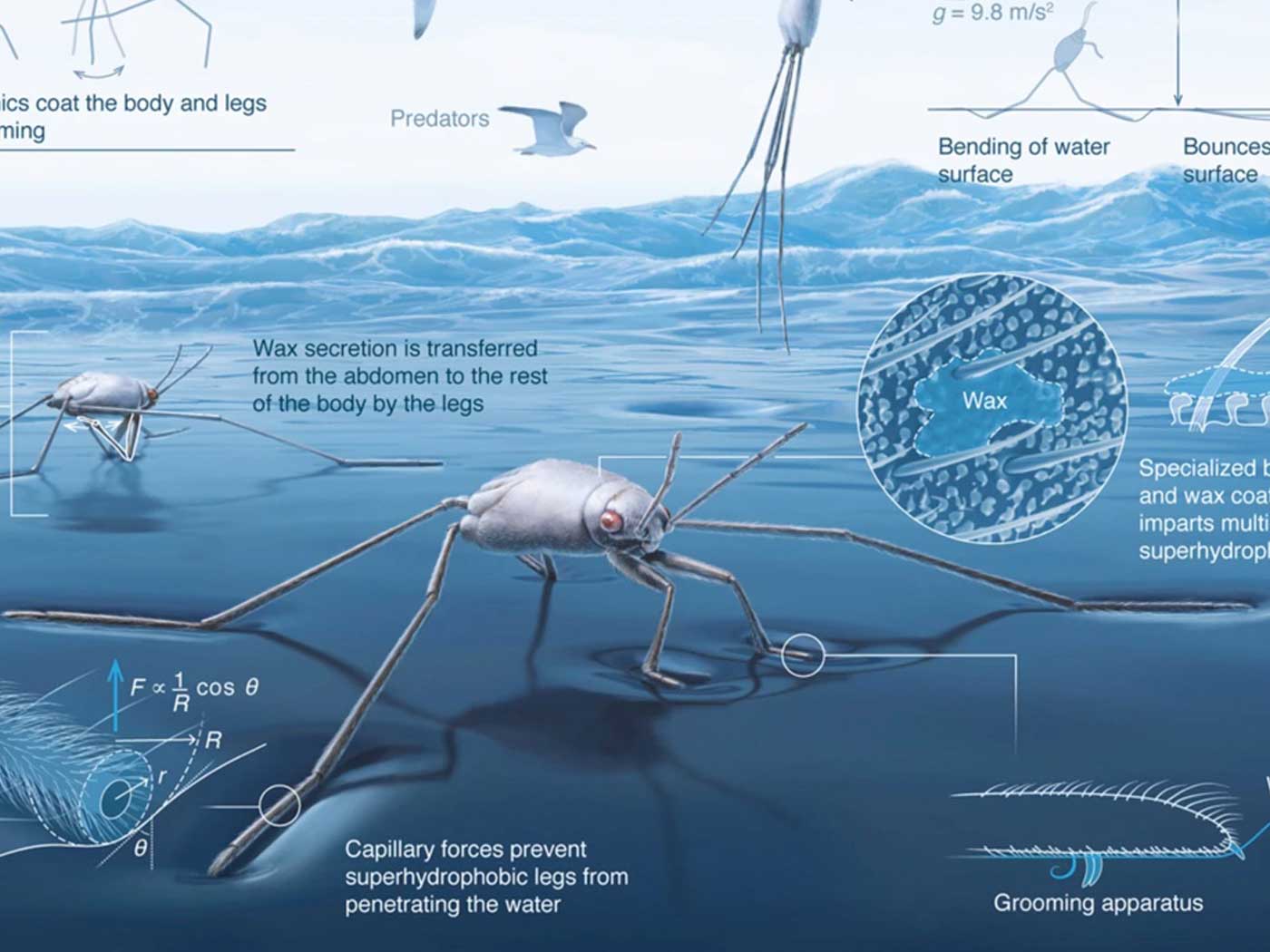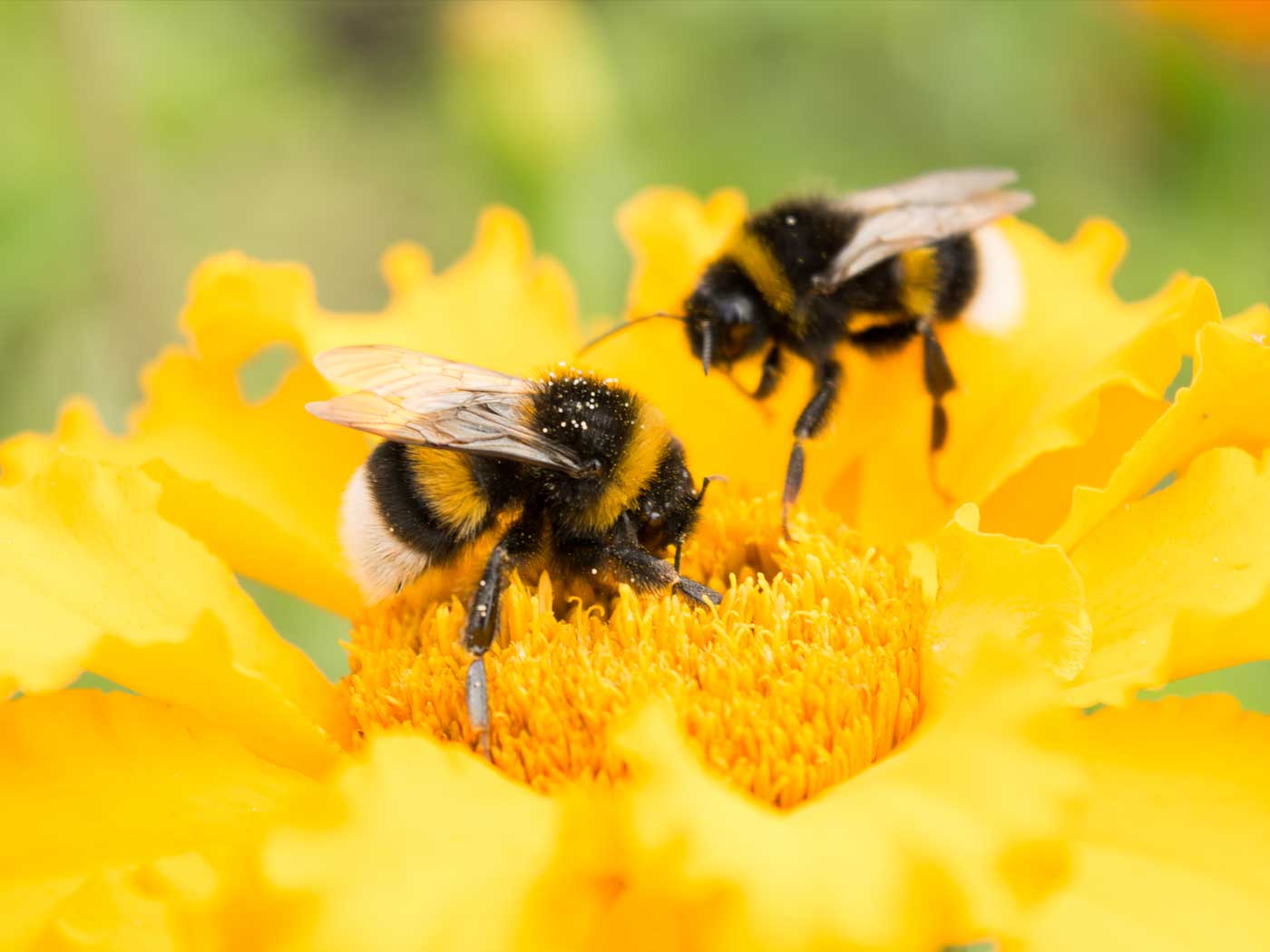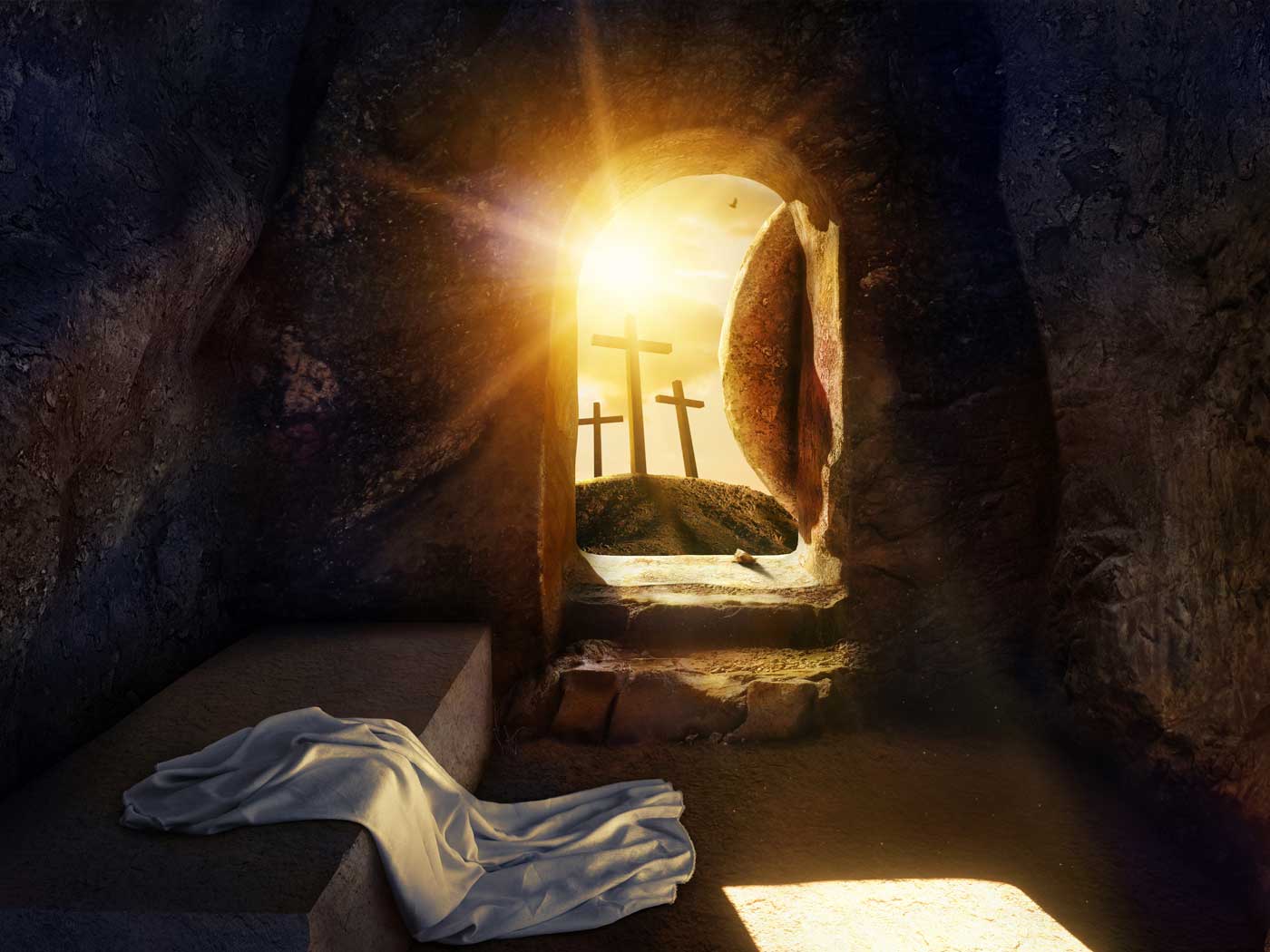The third and last supermoon of 2020 occurs this week on May 6 and 7.1 For families isolated due to the coronavirus, this is a nice opportunity to do some backyard astronomy and to appreciate God’s celestial handiwork.2
A supermoon is a full moon (or a new moon) that is within 90% of its closest approach to Earth, or perigee. In contrast a micromoon is a new or full moon that is near apogee, the moon’s farthest distance from Earth. Supermoons are larger than “regular” full moons, although the difference in size is not apparent to the naked eye. However, if one superimposes an image of a supermoon on top of a micromoon, then the supermoon is noticeably larger than the micromoon.3
This is a good opportunity for beginners in the hobby of astronomy. And if you have a small telescope or pair of binoculars, then you can get an even better view of the moon, the “faithful witness in heaven,”4 and its mountains and craters.
In addition to being beautiful, the moon frustrates efforts of secular scientists to explain its existence via natural processes. Despite the frequent claim that it was formed from the impact of a large body with Earth, this explanation has many problems. In fact, one Harvard astrophysicist is reported to have told his class that the best explanation for the moon is observational error, and the moon doesn’t really exist!5 While this was a tongue-in-cheek comment, it demonstrates the frustration of secular scientists who refuse to acknowledge that the moon was created.
Likewise, the moon shows evidence of design. Its lunar cycle helps us keep time.6 Its size and distance from Earth are just right to make possible spectacular total solar eclipses. In fact, Earth is the only place in our solar system where such a spectacular total solar eclipse can be seen.7 The tides caused by the moon help circulate the oceans, preventing stagnation.8
Likewise, the moon shows much evidence of youth, despite the frequent claim that it is billions of years old. Recent disturbance of craters by the uplift of raised embankments called scarps is an indicator of relatively recent geological activity, and moonquakes are a strong indicator that the moon is still geologically active. This was a great surprise to secular astrophysicists, because heat is required to drive this geological activity, but a small body like the moon should have cooled off long ago.9
So, go ahead and enjoy the supermoon over the next two evenings with your loved ones, and remember to give glory to the One who made our nearest celestial neighbor.
References
1. McClure, B. Last full supermoon of 2020. EarthSky. Posted on earthsky.org May 5, 2020, accessed May 5, 2020.
2. Psalm 19:1-2.
3. See, for instance, the image at the top of reference 1.
4. Psalm 89:37.
5. Oard, M. J. 2000. Problems for ‘giant impact’ origin of moon. Journal of Creation. 14 (1): 6-7.
6. Genesis 1:14.
7. Coppedge, D. F. Solar Eclipses: Design or Coincidence? Creation Evolution Headlines. Posted on crev.info July 6, 2017, accessed May 5, 2020.
8. Bergman, J. 2018. The Moon: Required for Life on Earth. Acts & Facts. 47 (10).
9. Hebert, J. Moon is Unexpectedly Still Cooling and Shrinking. Creation Science Update. Posted on ICR.org June 6, 2019, accessed May 5, 2020.
*Dr. Jake Hebert is Research Associate at the Institute for Creation Research and earned his Ph.D. in physics from the University of Texas at Dallas.
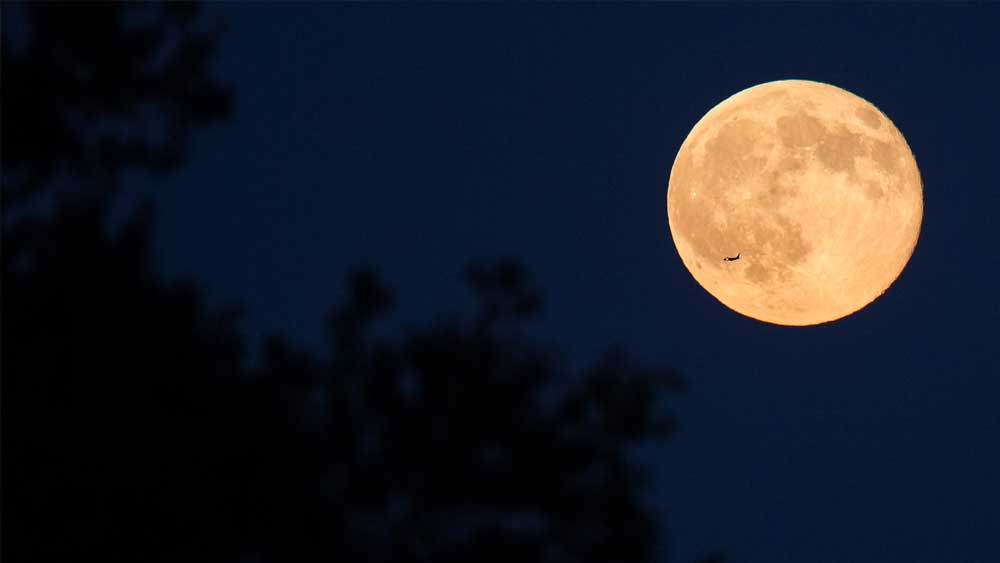
Last Supermoon of 2020 This Week
The Latest
Was a Key to Photosynthesis Evolution Discovered?
Northern Canadian lakes were the source of recently discovered unique photosynthetic bacteria of the phylum Chloroflexota. After years of culturing,...
CREATION PODCAST
Four Moons That Indicate a Young Universe | The Creation Podcast:...
Earth has one moon, but Jupiter has many! What can we learn from our celestial neighbor's satellites? Do they indicate youth?
Host...
Creation Kids: Seeds and Sprouts
by Renée Dusseau and Susan Windsor*
You're never too young to be a creation scientist and explore our Creator's world. Kids, discover...
APOLOGETICS
Christ’s Creativity in Canyon Critters
Grand Canyon animals display many marvelous traits and behaviors as they live life in that harsh habitat. These canyon creatures succeed thanks to the...
Standing Against False Science
I’m Michael Stamp, and I’m in my 12th year as an editor at the Institute for Creation Research. It’s always an encouragement to see...
Oysters and Pre-Flood Longevity
The oyster species Crassostrea virginica, also known as the eastern oyster, is a prized seafood. Research has demonstrated that a fossil version of...
Galápagos Finches: A Case Study in Evolution or Adaptive Engineering?
A group of birds known as Darwin’s finches live in the Galápagos Islands, which are located in the Pacific Ocean 600 miles west of Ecuador....
Hot Springs National Park: Hydrothermal Springs Formed By The...
Hot Springs National Park is located about an hour southwest of Little Rock in the folded Ouachita Mountains of central Arkansas. It is the second smallest...
Why Biology Needs A Theory of Biological Design—Part 2
“Based on a true story” is included by movie producers to add authenticity, importance, and a flair of anticipation. So, my account of how...
Marine Fossil Tapeworm Is Still a Tapeworm
The Flood was both sudden and rapid. The burial of creatures—including delicate plants and soft-bodied animals like jellyfish1—occasionally...




